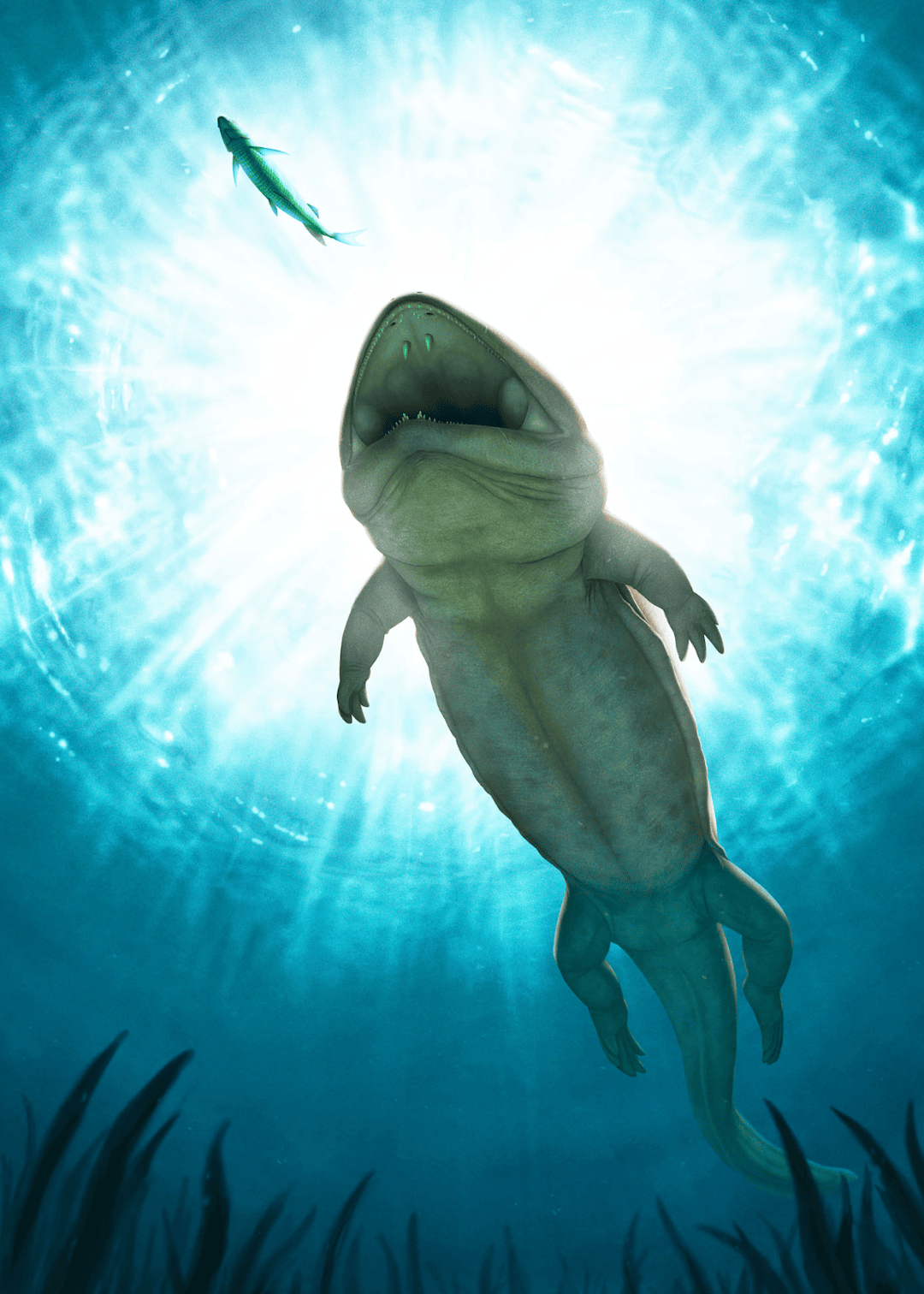Sober in the Country (SITC) is a grassroots not-for-profit pioneering radical change and social impact…
Ancient amphibian identified in Australia
Scientists have identified an ancient lizard-like species that lived in Australia around 247 million years ago.�
The remains of this amphibian were first discovered in the 1990s by a retired chicken farmer in NSW. The farmer, Mihail Mihalids, was attempting to fix a broken garden wall with a 1.6 tonne slab of sandstone he bought from a local quarry. When he carved through the outer layer of the slab, he discovered the remains of an unidentified ancient species.
Mr Mihalids handed the fossil over to the Australian Museum in Sydney in 1997 and, to this day, less than 10 fossils of the same species have been discovered around the world.
The unknown fossil sat in a climate-controlled room for decades, until one day, something miraculous happened.
Lachlan Hart, a palaeontologist from UNSW Science and the Australian Museum, was studying the Triassic Era with his team when they were asked to identify the mysterious fossil. According to Mr Hart, the specimen was a near-complete skeleton, even retaining some soft tissue.
�We don�t often find skeletons with the head and body still attached, and the soft tissue preservation is an even rarer occurrence,� explains Mr Hart.

Through extensive research, the team were able to determine that the amphibian was around 1.5 metres in length and shaped like a salamander. It is believed that the creature once lived in freshwater lakes and streams of modern-day Sydney.
�Superficially, Arenaerpeton looks a lot like the modern Chinese giant salamander, especially in the shape of its head,� Mr Hart says.
�However, from the size of the ribs and the soft tissue outline preserved on the fossil, we can see that it was considerably more heavyset than its living descendants. It also had some pretty gnarly teeth, including a pair of fang-like tusks on the roof of its mouth.�
The species has been named Arenaepeton supinatus, which means �supine sand creeper� in Latin. It is believed to be part of the Temnospondyli family; a group of amphibians that survived two mass extinction events. According to the report of the study, published in the Journal of Vertebrate Paleontology, its uncanny survival may be due to the large size of the family or its ability to adapt to unfavourable climate conditions.
Mr Hart believes the amphibian likely fed on Cleithrolepis, another ancient fish species.
Overall, only three Temnospondyli fossils have been found in Australia, making the recent identification an important step in understanding the country�s fossil history.�
Title image: the Arenaepeton supinatus fossil � Richard Freeman
To learn more about what happens when a farmer finds a fossil, click here.








